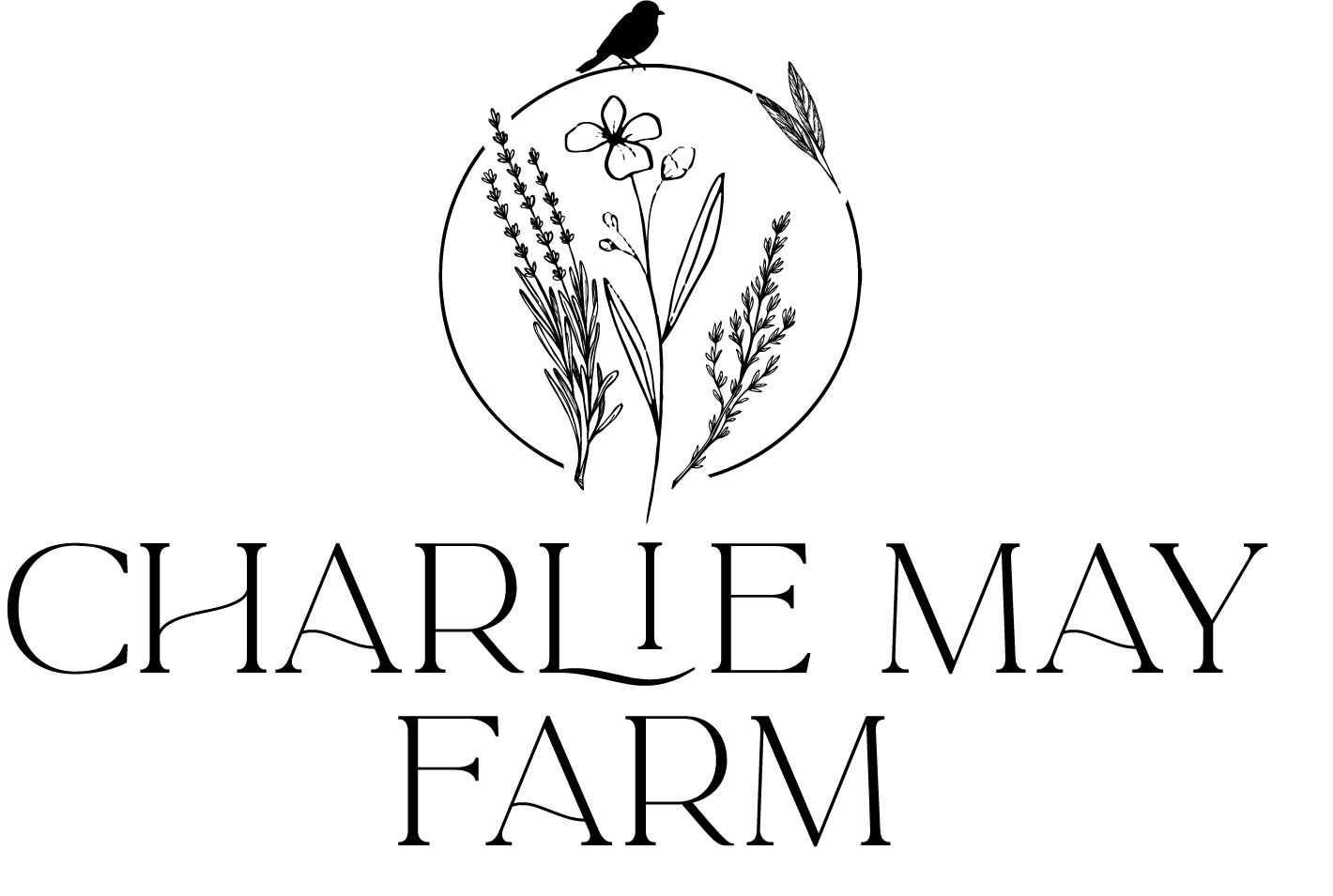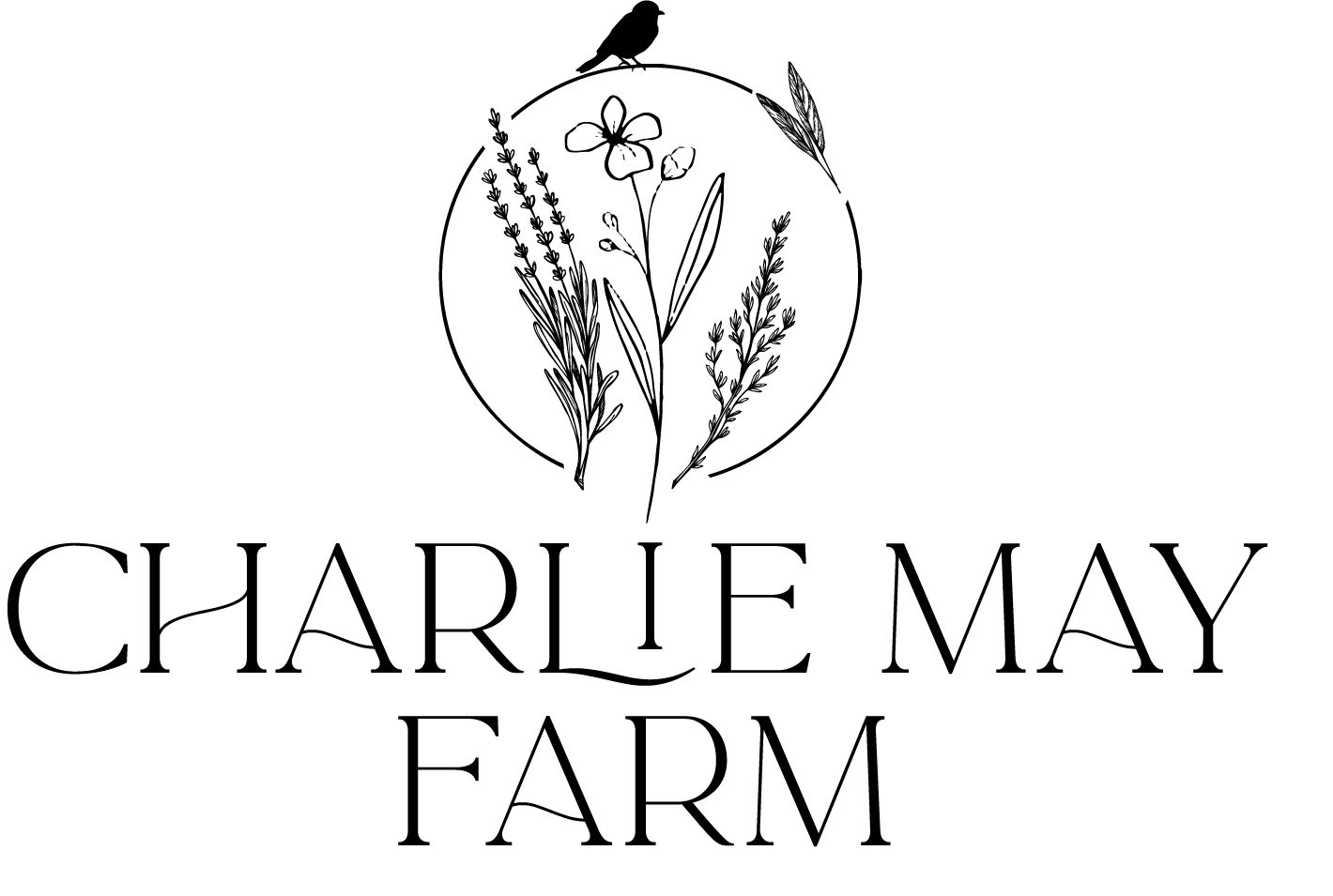Growing Seedlings: The Basics
You want to know what need to grow your seedlings indoors into healthy transplants for the garden? Great then I will spill the beans.
First I will start with the basics things you will need:
1) Heat Matt
Most seeds will germinate faster with a source of heat under it. If you don’t have much to germinate or don’t want to invest in a heat matt, it’s not absolutely necessary, putting your seeds in a warm room indoors with also work, you will just find it will take a few days longer to germinate.
You can purchase heat matts at your local greenhouse, they have the best kind. I have bought some on amazon in the past but I have found they are too hot than the ones I have bought in the greenhouse. So I would recommend going to your local greenhouse to purchase.
Some seeds may actually need cooler temperatures to germinate so be sure to learn about what seed you are germinating. Hint: Many spring or cool weather plants may prefer cooler germination temperatures and dark too. Bupleurum is one example of seeds that prefer dark and cooler temperatures.
2) Light Source
If you have used the good ol’ windowsill in the past which does work, I’m sure you have noticed your seedling stretching towards the light leaving you with leggy limp stems. So if all you have is a window, be sure to put your plants on a south facing window to capture the most sun possible and rotate your plants often so it doesn’t grow sideways. If you can buy lights this is really the way to go. Especially if there is no greenhouse or you live in a cold weather climate where it would be way to expensive to heat your greenhouse in the early spring.
My absolute favorite system is the Deluxe 3 Tier LED Sunlite Garden System from Veseys seeds. You can go to www.veseys.com to check it out. It isn’t cheap but it’s by far my favorite system. The lights easily adjust heights so you can move it as your plant grows or need space to water. You can also make a similar system yourself with a metal shelving system and purchase your own grow lights and attach to each shelf. I would suggest at least two lights per shelf if you don’t want stretching to occur.
3) Potting Soil
You will need potting soil to grow those babies. You can buy seedling potting soil, but it is expensive so I use just regular potting soil and remove any large sticks or debris as I’m filling the trays. I also use the soil blocking method to grow seedlings but that is a whole other blog topic and I don’t want to bombard you with too much information.
4) Seed Tray and Domes
Most of my seedlings grow in 72 cell trays, and is covered with a clear dome until germination. Some seeds that need a little more room like tomatoes, I use 36 cell trays so the plants don’t get too root bound.
Instructions:
Fill the seed trays with dampened soil.
Add at least 2 to 3 seeds per cell. You will not get 100 percent germination so by adding more than 1 seed this will increase the chances that you will germinate a plant in each cell. Look at the back of your seed packet and see if it shows the germination rate. If it says it’s 50% then you know you definitely should put multiple seeds in each cell our you will be disappointed in how many cells that will turn up to be duds. You also want to see how deep you should sow the seed. This should also be on the back of the seed packet.
Put on heat matt and cover with a clear dome. Wait for germination. Once again your seed packet should give you some idea when to expect germination.
When around 50% of the seed tray is germinated, remove from heat mat. I also remove the clear dome at this time as well and put it under light source to prevent leggy seedlings. Don’t worry, the remaining seeds will continue to germinate and you will notice more over the next few days.
Your seedlings generally like to grow best with about 14-16 hours of light per day. A outlet with timer is great to attach your light to so you can time the lights to turn on and off. They need dark too so don’t leave the lights on 24 hours.
Keep your room temperature set at around 21-23 degrees celcius and have a fan going to prevent mold growth and strengthen the stems. I position the fan so it’s not blasting the plants or you will find your plants will dry out fast, especially if you are soil blocking. I also have another spot in our main shop area that is a bit cooler temperature at around 15 degrees celcius. I like to grow most of my cool spring plants in this area as they like cooler temperatures to grow.



